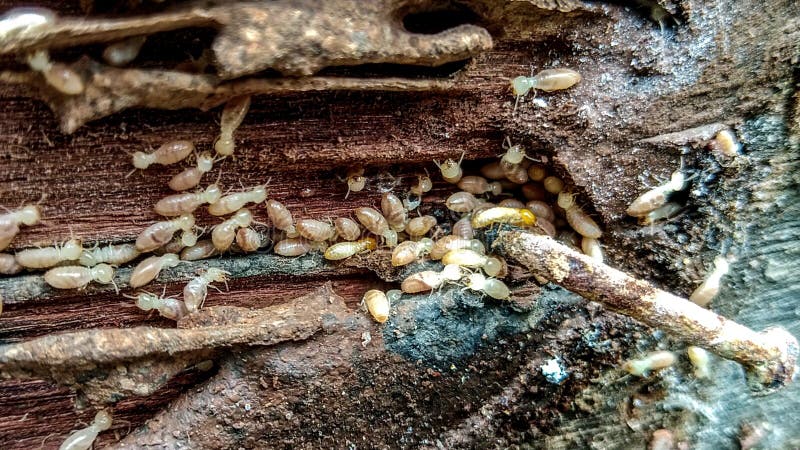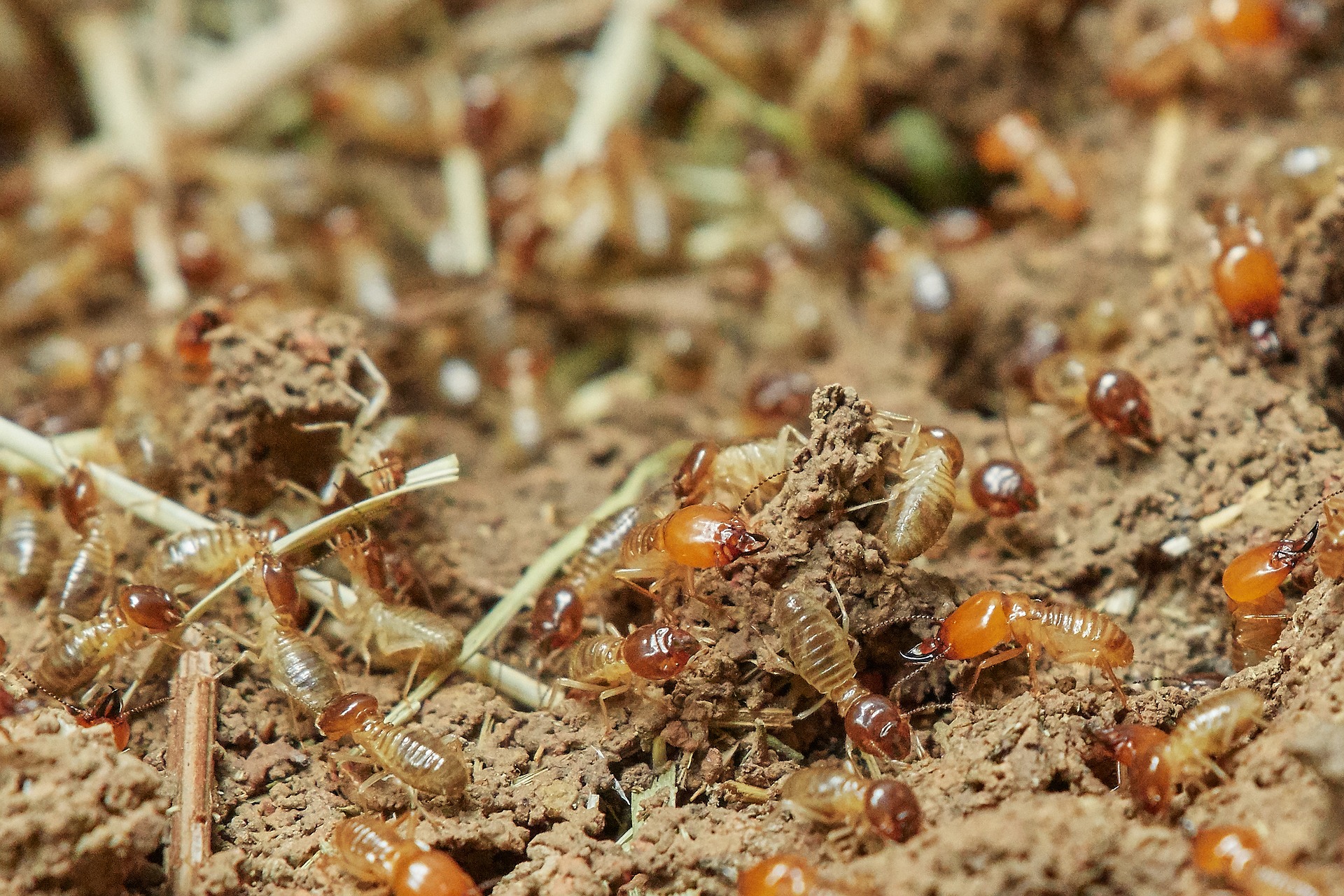Table Of Content

Depending on the extent of the infestation, the size of the home, and the weather conditions, this could take anywhere from 6 hours to a full week. Typically, the actual fumigation period is short, taking 24 hours or less. With thousands of property listings, Houzeo.com is one of the biggest property listing sites in the US.
Termite Inspection Cost
Find out how long they've been in business and what their credentials are. Make sure the company has at least one certified and licensed pesticide applicator. Termites are underground insects that feed on wood, frequently damaging homes and other buildings. Termites cause billions of dollars in structural damage, and every year home and building owners spend over two billion dollars on preventing and treating termite damage. Your pest control specialist will be able to identify which type of termites you’re dealing with upon inspection. Anything in the home that you will later ingest, including medicines and food, should be removed or double bagged with Nyoflume bags (your pest control company will provide you with plenty of these).
Can you get rid of drywood termites without tenting?
Some homeowners have no idea that they have termites until the pests have done enough damage to make the home structurally unsound. During a termite inspection, a technician will thoroughly check both the exterior and interior of the home, paying special attention to potential hot spots such as attics and crawl spaces. They also have the expertise to differentiate between termite damage versus wood rot and can use tools such as thermal imaging cameras to identify moisture issues. If inspectors find signs of an infestation, such as termite droppings, they can recommend the best course of action for extermination.
How Much Does Crawl Space Cleaning Cost?
The West Indian drywood termite is concentrated around the United States Gulf Coast and Florida. It is unusual in that it is almost never found in natural environments, only in the wood of human-made structures. West Indian drywood termites are often found in picture frames, furniture, and other structural woodwork. They usually swarm between April to early June and but may swarm any time of year. Eradicates drywood termites, the satellite nests of Formosan termites, and many wood-boring beetles.
Electrical and Microwave Treatments for Drywood Termites

There are two main chemicals used to kill termites—fipronil and hexaflumuron. Fipronil is the specially designed chemical used as an active ingredient in many different liquid termiticides. Direct chemicals, unlike barrier termiticides, can actually be used inside of your home itself. If you spot a termite and want to dispatch it immediately, this is the technique for you.
Termite infestations are on the rise in Toronto — and not just downtown, experts say - CBC.ca
Termite infestations are on the rise in Toronto — and not just downtown, experts say.
Posted: Mon, 12 Jun 2023 07:00:00 GMT [source]
Drywood termites are typically only found in the southern parts of the United States, usually in the more arid regions. What better way to learn about a topic than to hear advice directly from a pro? We’ve rounded up a few water damage repair pros to help you understand what you’re dealing with.
A case of dry rot may attract a colony of termites, which finds the softened wood to be the perfect food source and habitat. Wood ravaged by termites, on the other hand, leaves behind holes perfect for moisture to collect in, starting the process of wood rot. Call a professional pest control company if you suspect you have a termite infestation. Even the savviest homeowner can’t compete with a trained technician’s experience, knowledge, and commercial-grade products and equipment. To help you, we’ll identify the signs of a termite infestation, discuss some ways to eradicate them, and recommend the best pest control providers for the job.
Social Classes of Drywood Termites
You should also suspect termite infestation if you see winged termites swarm. Winged ants can be mistaken for termites, so you may have to look closely to tell the difference. Termite inspections should be done annually or as recommended by a pest control professional to ensure early detection of termite infestations. Termites are silent destroyers that can cause significant damage to wooden structures in homes and properties. Detecting termite infestations is crucial to prevent costly damage and protect your investment.
Drywood termites represent only around 10% of total termite infestations. They are mainly found in the southern coastal regions, particularly the more arid parts of California, Arizona, Texas, Louisiana and Florida. True to their name, drywood termites burrow into dry, undecayed wood, which could spell loads of trouble for furniture and other wood trim in and around your home. With the most common type of termite tenting, fumigation, poisonous gas is pumped into the tented home to penetrate every nook and cranny and take care of the infestation.

Prevention measures like removing moisture sources and using termite-resistant materials are crucial. A home inspector will assess your house and provide valuable insights into the interior and exterior of the house, electrical systems, and more. Specialty home inspections, like termite, mold, and asbestos, are also done. To arrive at the average costs in this article, a number of providers and cost databases were surveyed on national and local levels.
Conversely, if you can comply with the stringent requirements that come along with termite tenting, it may be the most effective way to treat your home. Connect with a local pest control expert using our form to find out more. The cost of termite tenting varies based on a few factors, like your location, the length of the fumigation process, and the size of your home. Overall, some cost averages help plan a fumigation to see if it fits into your budget. Smaller colonies that are localized can be treated with less drastic measures that won’t require tenting. Everyone that lives in the home (including plants and pets) must leave for about three days to allow for the termite tenting process to finish.
Call your pest control company for an inspection if you suspect you have another infestation. Symptoms of exposure to the fumigant include nausea, dizziness, headaches, and lung or eye irritation. If you experience symptoms like these after fumigation, see your doctor immediately and let the pest control company know.
The pesticides used for the prevention or treatment of termite infestations are called termiticides and must demonstrate the ability to provide structural protection before we register them. In most cases, termiticide application can only be properly performed by a trained pest management professional. For those reluctant to use pesticides of any kind in or around the house, a few nontoxic termite treatments have been developed, primarily to treat drywood termites. While free of noxious residues, these methods are not widely available and, unlike pesticides, lack any long-term protection against reinfestation.
Orange oil will kill the termites, while neem oil will stop termites from reproducing. Drywood termites in particular leave behind fecal droppings on floors, window sills or other horizontal surfaces, Webb says. Other “remnants” of termites include discarded wings—they collectively shed their wings into piles before they start a new colony.
To monitor progress, Terminix will perform an annual inspection to make sure there are no signs of termite activity. If there are, Terminix will re-treat your home for no additional charge. Qualifying homes are protected under the Ultimate Protection Guarantee. This guarantee states customers will never have to pay for treatments or repairs from new termite damage if they keep their plan. Fumigation, sometimes referred to as “tenting” or a “termite tent” involves placing a large, heavy duty tent over the entire structure. The gas Sulfuryl fluoride, commonly referred to as Vikane®, is blown into the building and the held at a specific concentration for a period of time.
When the insects return to their colony, they subsequently poison others with the substance they are coated with before they die. This can also be a symptom of other structural issues, so look closely for damaged wood with insects or tunnels containing dirt. If you find tubes in ceilings or upper levels of your home, it can indicate that you have an aerial infestation.


No comments:
Post a Comment